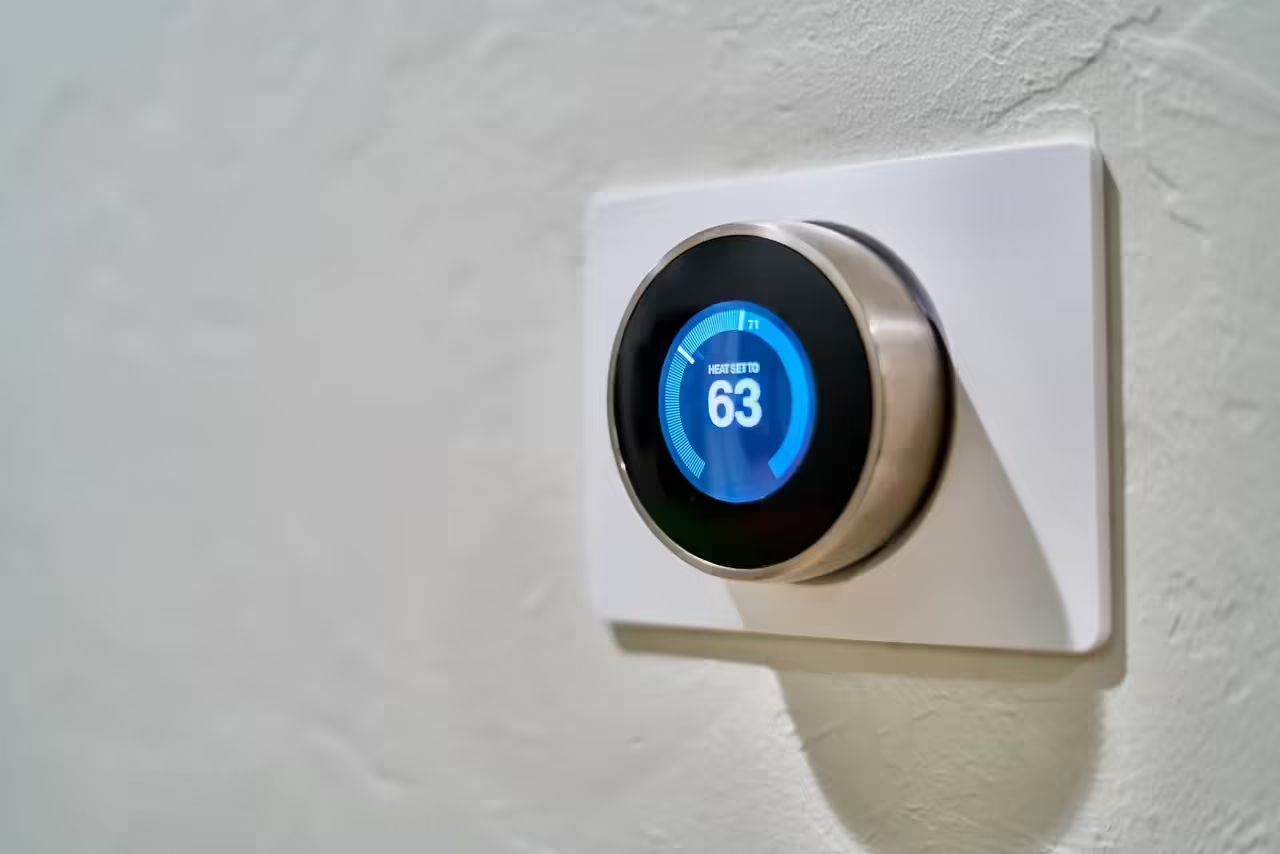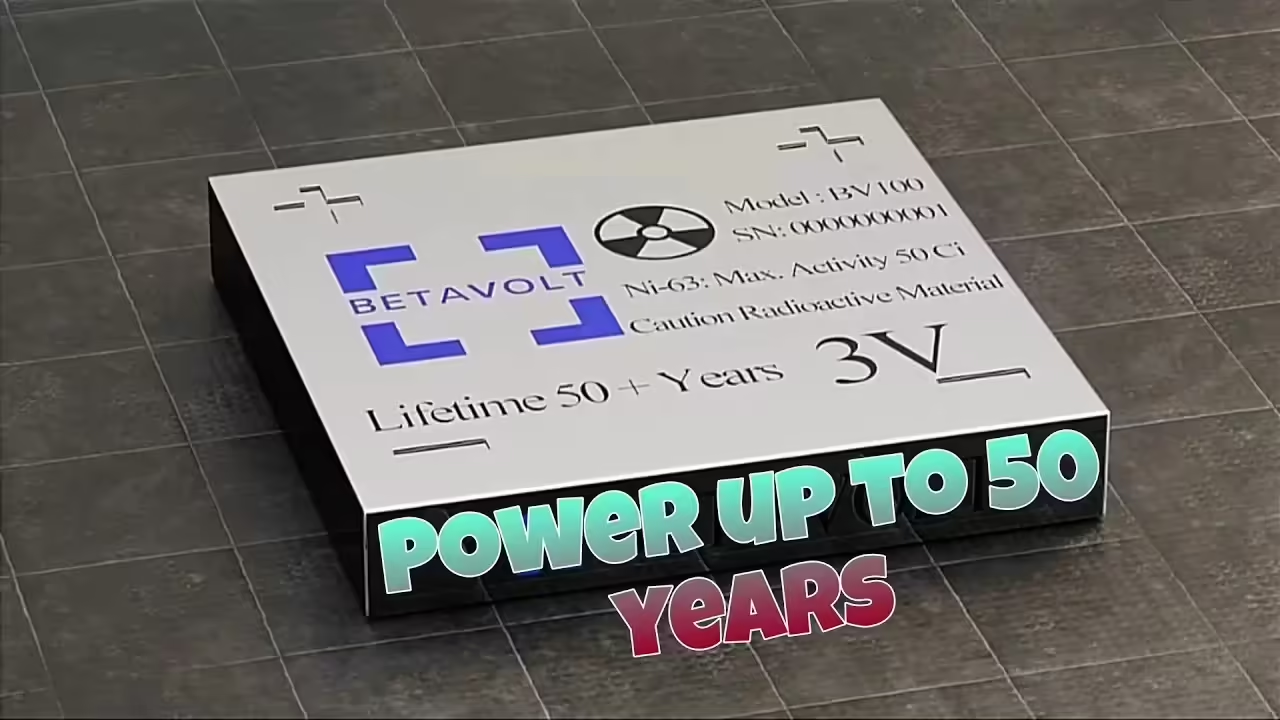
Do you want to save energy and money in your home? With the right technology, it’s easier than ever before. From smart thermostats to solar panels, there are countless ways to make your home more efficient without sacrificing creature comforts. In this article, we’ll look at some of the best tips for using technology to create an efficient home that will help you reduce energy usage while saving money on bills.
The first step is getting a grip on how much electricity you’re currently consuming. Smart meters can provide real-time data about your power use, so you know when and where changes need to be made. By monitoring these readings regularly, you can identify areas where improvements could be made.
Once you understand your current usage patterns, it’s time to start making changes! Upgrading appliances with ENERGY STAR designs and investing in LED light bulbs are great starts towards becoming more efficient, but there are other tech options available too – like solar panels or geothermal heating systems – that can have dramatic effects on utility costs and environmental impact.
Keep reading to find out our top tips for creating an efficient home with technology.
Smart Home Energy Efficiency
Smart home energy efficiency is the key to saving both energy and money. With the right technology, you can reduce your carbon footprint while also reducing your monthly utility bills. Here are some tips for using smart home technologies to make sure you’re getting maximum savings:
First, consider investing in a smart thermostat. Smart thermostats can be easily programmed with specific temperature settings for different times of day and days of the week. This way, you don’t waste energy by keeping your home at an unnecessarily high or low temperature when no one’s there. Additionally, these systems allow you to access them from anywhere so that you can adjust temperatures on the go if need be.
Another great option is installing LED bulbs throughout your house. These bulbs use up to 75% less electricity than traditional incandescent bulbs, which adds up over time! And since they last longer than regular lightbulbs as well, it’s still worth making this small investment upfront – even more so if you have multiple rooms in your home that require lighting.
Lastly, take advantage of natural solar power whenever possible! Solar panels can generate enough energy to offset what needs to be drawn from the grid during peak hours (when utilities charge more). So if your roof gets plenty of sun exposure throughout the day, this could be a great way to save money and help out the environment too!
Energy-Efficient Appliances
In addition to smart home technologies, energy-efficient appliances can also help you save on your utility bills. By investing in modern models that are made with sustainable materials and designed for maximum efficiency, you can get more bang for your buck – both financially and environmentally!
When shopping for new appliances, look out for the ENERGY STAR label. This certification indicates that a product has been tested against industry standards and is proven to use less energy than its counterparts without sacrificing performance. Additionally, it’s wise to research different brands’ estimated yearly costs of operation so you know what kind of savings you’ll be getting in the long run.
Lastly, make sure that all your existing appliances are running as efficiently as possible by regularly cleaning their filters and inspecting them for any signs of damage or leaks. Having regular maintenance done will ensure that they’re working optimally and extend their lifespan too!
On-Demand Hot Water
One of the biggest drains on energy and money is hot water – whether it’s for showering, washing dishes or clothes. Fortunately, there are ways to reduce this cost without compromising your comfort levels.
Investing in an on-demand hot water heater can be a great way to save energy. This type of system only heats up when you actually need it, which means that you’re not wasting electricity by leaving it running all day long. Additionally, most on-demand systems come with temperature control settings so you can adjust the heat depending on what task you’re doing. Not only will this help conserve power but it’ll also keep everyone safer from any potential burns!
Another option to consider is a 4 in 1 hot water tap. This innovative appliance delivers instant hot water, cold water, boiling water, and even filtered drinking water from a single tap. By eliminating the need to heat up a full tank of water, these taps can save energy and money while also providing convenience and versatility. Additionally, installing aerators on your taps and low-flow showerheads can further increase water pressure and conserve both energy and water, resulting in even more savings over time. By implementing these simple changes, you can reduce your environmental footprint while still enjoying all the benefits of on-demand hot water.
Smart Home Automation

In order to make the most out of your energy-saving efforts, consider incorporating smart home automation into your plan. Smart home systems can be used to control appliances and lights in your house remotely or on a timer. You can set it up so that devices turn off when you’re not using them, helping reduce unnecessary electricity usage and thus keeping costs lower. This is especially useful for items like air conditioners which are known to use high amounts of power but may not always be needed if no one is at home.
Additionally, some systems allow you to monitor energy consumption over time, giving you insight into how much electricity different activities require. By tracking these figures regularly you’ll be able to spot any issues with particular appliances or rooms where more conservation could occur. With this data at hand, it’s easy to adjust settings accordingly and further increase efficiency levels around the house!
Overall, there are many ways technology can help save energy and money in your household – from installing low-flow shower heads to taking advantage of smart home automation tools. Whether you decide to take action yourself or hire someone else to do it for you, implementing even small changes will have a big impact on both your comfort level and wallet size!
Renewable Energy Sources
In addition to making use of smart home technology, there are other ways to save energy and money by investing in renewable sources. Solar panels are one popular option for generating electricity while also reducing the amount of carbon dioxide produced by traditional power plants. By installing solar on your roof or property, you can benefit from lower electric bills and even be paid back through net metering programs offered by some utility companies.
Wind turbines are another great way to harness natural resources and generate clean energy while helping offset costs associated with conventional fuel sources such as oil and gas. Although they require a larger upfront investment than solar panels, wind turbines have been shown to produce more consistent amounts of power over time – making them an excellent long-term solution if you’re serious about saving money and going green!
Finally, consider looking into what incentives may be available in your area for switching to renewable energy sources like those mentioned above. Many governments offer rebates or tax breaks for households that commit to using clean energy options which could help pay off any initial investments quicker. In addition, you’ll also be doing something positive for the environment by supporting sustainable technologies!
Conclusion
Smart home technology has quickly become a big part of our lives. It not only makes life more convenient, but it can also help us save energy and money. From energy-efficient appliances to renewable energy sources, there are many ways to make your home more efficient and cost-effective.
When you incorporate smart technologies into your home, you’ll find that the savings add up over time. You’ll be able to monitor usage so you know when your systems need repairs or upgrades, which could further reduce costs in the long run. In addition, by investing in renewable energy sources such as solar panels or wind turbines, you can drastically reduce your monthly bills while helping protect the environment at the same time.
By taking advantage of these tips for using technology to improve efficiency and save energy and money, you’ll be well on your way to creating an eco-friendly smart home that is both economical and sustainable for years to come. With just a little bit of effort, we can all do our part in conserving resources and protecting the planet from harm caused by excessive consumption.







